Tuberculosis is an infectious disease of bacterial etiology. The disease has not only a medical, but also a social aspect: the most susceptible to the causative agent of tuberculosis are people with a low level of immunity, an unbalanced diet, living in conditions of non-compliance with sanitary standards, poor social conditions. The development of the disease is affected by the level of quality of human life. However, the risk group for tuberculosis is made up of all segments of the population, regardless of age and gender.
The high incidence of deaths (up to 3 million people per year) and the prevalence of the disease are due not only to social causes, but also to a long period of latent course of the disease, when the symptoms of tuberculosis do not appear. This time is the most favorable for therapy, and to determine the probability of infection, an assessment of the body’s response to the Mantoux test is used.
Causes of Disease and Routes of Infection
The disease develops after a human body is infected with the Mycobacterium bacterium or Koch’s bacillus. This microorganism is resistant to the influence of the external environment, high temperature exposure, and long retains its viability at low temperatures.
Koch’s wand is not considered a highly contagious infectious agent, although the carrier of the infection with the open form of the disease spreads the bacteria into the environment, the probability of getting sick after contact with the pathogen and its penetration into the body in a healthy person is extremely low. Tuberculosis (tuberculosis patient) in most cases does not require inpatient treatment for an inactive form of the disease and is not limited in movement and social activity. With constant household contact, in families where there is a person suffering from tuberculosis, it is recommended to pay attention not only to his health, but also to maintaining hygiene, measures to strengthen the immunity of other family members and regularly check the body’s reaction to the Mantoux test to detect possible infection at the earliest stages. .
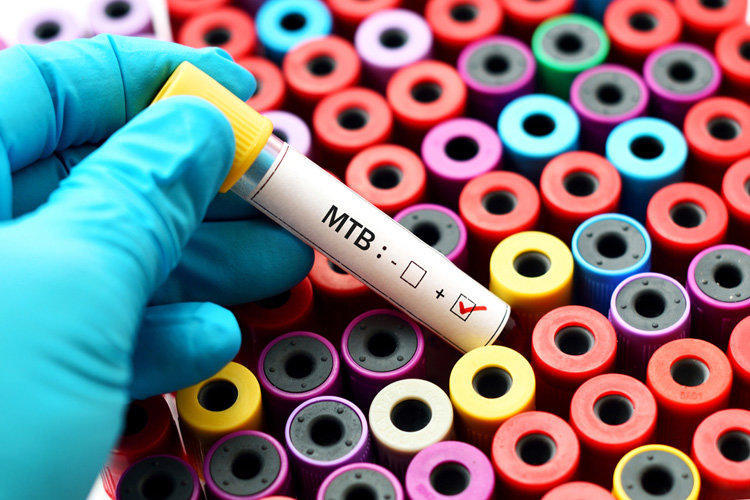
The main route of infection is koh sticks entering the respiratory system by airborne droplets. Less commonly recorded household (contact) and transplacental modes of transmission. The bacterium enters the body through the respiratory tract, then migrates to the bronchial mucosa, the alveoli, and spreads through the bloodstream.
For the human body, the Koch wand is an alien microorganism. Normally, when it appears and multiplies in the body, immune cells attack the causative agent of the disease, avoiding the stage of active reproduction. The development of the disease is likely in two cases: if the immune system is suppressed, there are violations of the production of antibodies, the state of immunodeficiencies, the body’s defenses are weakened by other diseases, are not sufficiently formed due to age factor or social conditions; or if the contact with the pathogen is long-term, permanent, the bacilli carrier is at the stage of the open form of the disease and does not receive the necessary treatment (with undiagnosed tuberculosis from a family member, being kept in closed institutions, etc.).
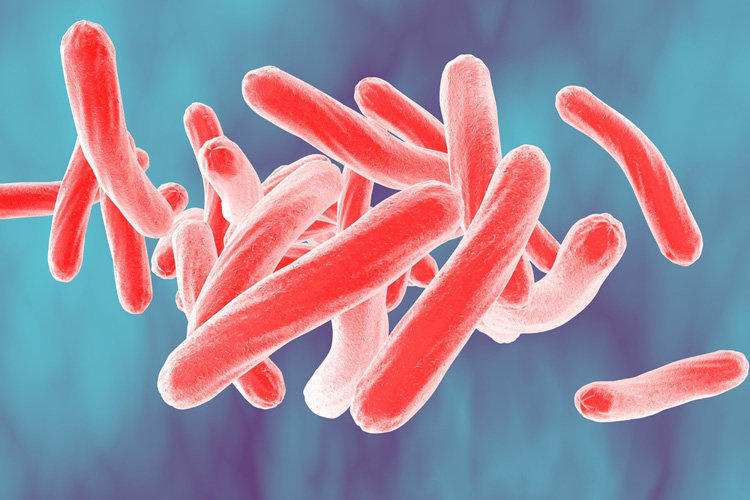
Among the factors that reduce specific immunity and contribute to the development of the disease when in contact with an infectious agent, the following are distinguished:
- smoking as a factor in the development of diseases of the bronchopulmonary system, weakening local immunity;
- excessive drinking of alcoholic beverages;
- all kinds of addictions;
- susceptibility to diseases of the respiratory system due to the presence of structural anomalies, frequent diseases in history, the presence of chronic inflammatory processes in the respiratory system;
- chronic diseases and foci of inflammation in other organs and tissues;
- diabetes, endocrine diseases;
- unbalanced nutrition, vitamin deficiency of nutrients;
- neurotic disorders, depressions, low resistance to stress;
- gestation period;
- adverse social conditions.
Tuberculosis Development: Signs and Symptoms of Different Stages of the Disease

As a rule, the increase in manifestations of tuberculosis occurs gradually. For a sufficiently long period, the pathogen does not manifest itself in the body, spreading and multiplying mostly in the tissues of the lungs.
At the beginning of tuberculosis, symptoms are absent. Allocate the primary stage in which mainly occurs the reproduction of pathogenic organisms, not accompanied by clinical manifestations. After the primary, the latent or latent stage of the disease occurs, during which the following symptoms may occur:
- general deterioration of well-being;
- tiredness, fatigue, irritability;
- unmotivated weight loss;
- excessive sweating at night.
Cough, increased body temperature is not characteristic of the first stages of the disease, these symptoms are observed at the stage of extensive damage to the tissues of the lungs. With the erased picture of the first stages of the development of the disease, diagnostics is possible only by the methods of tuberculin tests (Diaskin test, reaction to the Mantoux test, etc.) or in the analysis of blood for PCR.
The next stage is characterized by a latent stage, a “closed” form of tuberculosis, in which the pathogen does not release into the environment and, with its moderate reproduction and resistance of the body, there is no marked harm to health.
The latent form is dangerous to be able to go to the stage of active disease, not only dangerous to others, but also extremely negatively affecting the body.
The active stage goes into the secondary, the pathogenic microorganism reaches the stage of mass reproduction and spreads through other organs of the body. There are severe lesions and diseases that are fatal.
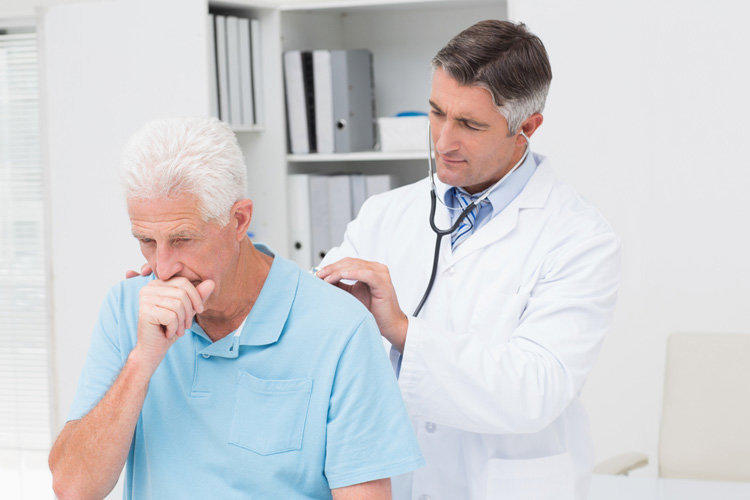
Active stage of tuberculosis: symptoms and manifestations
Symptoms of tuberculosis in the acute period of the disease:
- Long (more than three weeks) wet cough with sputum;
- presence of blood inclusions in sputum;
- hyperthermia in the subfebrile range;
- unmotivated weight loss;
- fatigue, general deterioration of health, weakness, irritability, loss of appetite, deterioration of performance and other signs of intoxication.
Cough wet, pronounced, frequent attacks, with a characteristic increase in the morning time of day. Quite often, at this stage of the disease, smokers take this symptom for manifestations of the smoker’s cough, a sign of chronic bronchitis in nicotine-dependent patients.
With a more aggressive pace of development of the disease, the clinical picture may be complemented by the following symptoms:
- hyperthermia in the febrile range (body temperature 38-39 ° C);
- pain in the shoulders, sternum;
- pain when coughing
- dry cough, breathing hard.
The symptomatology of the tuberculous inflammatory process is similar to the clinical picture of other respiratory diseases of viral and bacterial etiology. Differentiation of diagnoses is carried out only by a specialist.

Symptoms of extrapulmonary disease
Koch’s wand is capable of affecting not only the tissues of the lungs, but also multiplies and causes inflammatory processes in other organs. With such a localization speak extrapulmonary type of the disease. A nonspecific type of tuberculous lesion of internal organs and systems is diagnosed, as a rule, by excluding other diseases and pathologies. The clinical picture depends on the severity of the process and the localization of the affected organ or tissue.
- With the localization of the inflammatory process in the brain, the disease manifests itself in an increase in body temperature, disturbances in the nervous system, sleep patterns, increased irritability, neurotic reactions, and an increase in the occipital and cervical muscles. Characterized by pain in the back when straightening the legs, head tilted in the side of the chest. The disease progresses slowly, in the risk group – children of preschool age, patients suffering from diabetes, HIV-infected people.
- Tuberculosis of the digestive system is manifested in recurrent defecation disorders, abdominal distention, pain in the intestinal area, signs of hemorrhagic bleeding (blood in feces), fever up to 40 ° С.
- Tuberculosis of the bone and articular tissue is manifested by pain in the affected areas, restriction of joint mobility. Due to the similarity of symptoms with other diseases of the musculoskeletal system is difficult to diagnose.
- The defeat of the tuberculosis bacterium of the organs of the genitourinary system is usually determined in the kidneys and / or organs of the small pelvis. The clinical picture consists of painful attacks in the lower back, body hyperthermia, frequent, painful, unproductive urination to urinate, blood in the urine.
- Tuberculosis of the skin is expressed in the form of rashes that are widespread throughout the skin, merging and forming nodular formations dense to the touch.
There may be other symptoms with the defeat of various organs. A pathogenic organism, penetrating into the bloodstream, can spread throughout the body and choose almost any organ, tissue or system as a target. Clinical signs of the disease in this case are difficult to differentiate from similar inflammatory processes of a different etiology. The prognosis for the treatment of extrapulmonary forms depends on the time of diagnosis, localization of the pathological process, its stage, degree of organ damage, and the patient’s general health.
Diagnostic Techniques
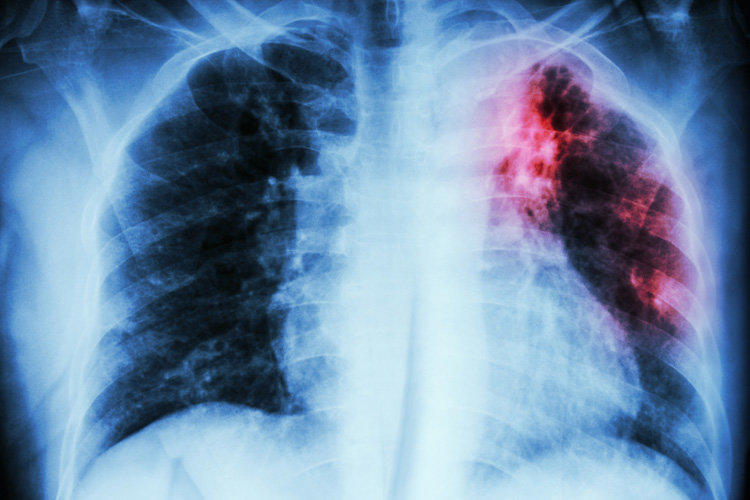
The diagnosis is made on the basis of tests that allow to determine the presence of the causative agent of the disease in the body. Diagnostic measures begin with the collection of anamnesis and analysis of patient complaints, the study of the history of the disease. To confirm or refute the diagnosis, a series of examinations is carried out:
- An analysis of the Mantoux test or the Pirque sample, the most common study that allows to determine the presence of infection in the body. Intradermal or dermal application of tuberculin and assessment of the level of specific body immunity. The tuberculin test allows you to assess the likely contact with Koch’s wand, but does not mean confirmation of the disease. This diagnostic method, however, is criticized by phthisiatricians and other specialists, as it may indicate contact with other types of microbacteria. Also, tuberculin diagnosis by the test method can lead to incorrect results after BCG vaccination. The Mantoux test is also used before the primary vaccination in order to predict possible allergic reactions to the main component of the vaccine;
- The diaskin test also applies to skin tests, complementing tuberculin diagnosis by the Mantoux method. Being a more specific test, it reveals a reaction only to tuberculous mycobacteria;
- The quantiferon test or ELISA is an immunoassay diagnostic test recommended for patients who are allergic to tuberculin and, if necessary, to differentiate the body’s false positive reaction to Mantoux and Diaskin tests after BCG vaccination. The study is conducted on biological material (blood), has no contraindications and is considered the most reliable test (less than 2% erroneous results, compared with 30% for Mantoux tests). Recommended to detect latent and extrapulmonary forms of the disease;
- smear microscopy is conducted as a search for a pathogenic organism in cough sputum. When tuberculous mycobacteria are detected in a smear, the method is supplemented with bacteriological inoculation of the sample in a nutrient medium;
- PCR, the polymerase chain reaction method – the most accurate of the existing methods of research, which allows to determine the presence of mycobacterial DNA in various biological fluids;
- Histological analysis of tissues removed by the biopsy method is prescribed in situations where it is impossible to confirm the diagnosis by analyzing biological fluids, in particular, with slow-moving tuberculosis of the bone tissue.
X-ray and fluorography methods reveal the presence of foci of inflammation in the lung tissues.
Treatment of the disease

The prognosis for recovery from this disease is based on the stage of the disease, the area of damage, and the general health of the patient. Diagnosis in the early stages allows you to prescribe an effective course of therapy that promotes complete healing of the patient.
The treatment is long-term, complex, based on the intake of antibacterial drugs, anti-tuberculosis drugs, immunomodulators, immunostimulants, probiotics and vitamin therapy. A mandatory part of the course of treatment is dietary and physical therapy.
Treatment of the patient in the active stage is carried out in a tuberculosis dispensary to reduce the likelihood of infection of others. The length of stay depends on the type and stage of development of the process and can range from several months to a year or more. Self-termination of treatment most often leads to relapse or progress of the disease, the development of severe complications, and death.
Tuberculosis prevention measures
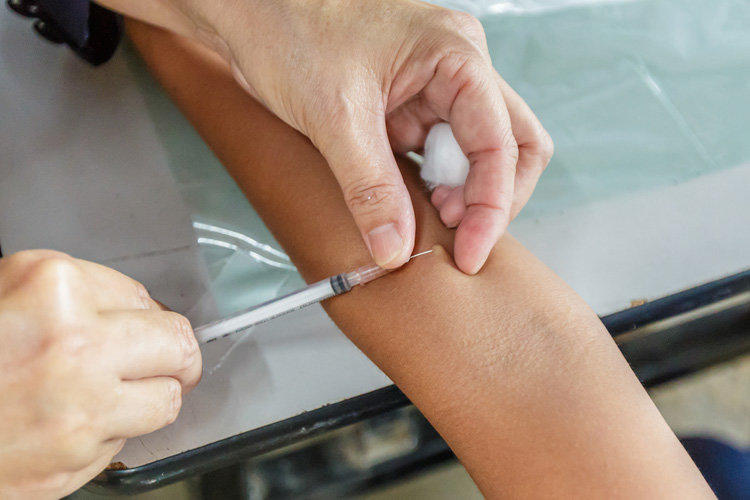
According to statistics, in Russia about 90% of people are carriers of Koch’s wand. At the same time, less than 1% of them become ill. The development of the disease depends on the level of immunity, so the main prevention is to maintain a healthy lifestyle.
Vaccinating children, regular tests and tests to detect the disease in the early stages, when the prognosis for treatment is most favorable, also play a significant role in preventing the disease.






